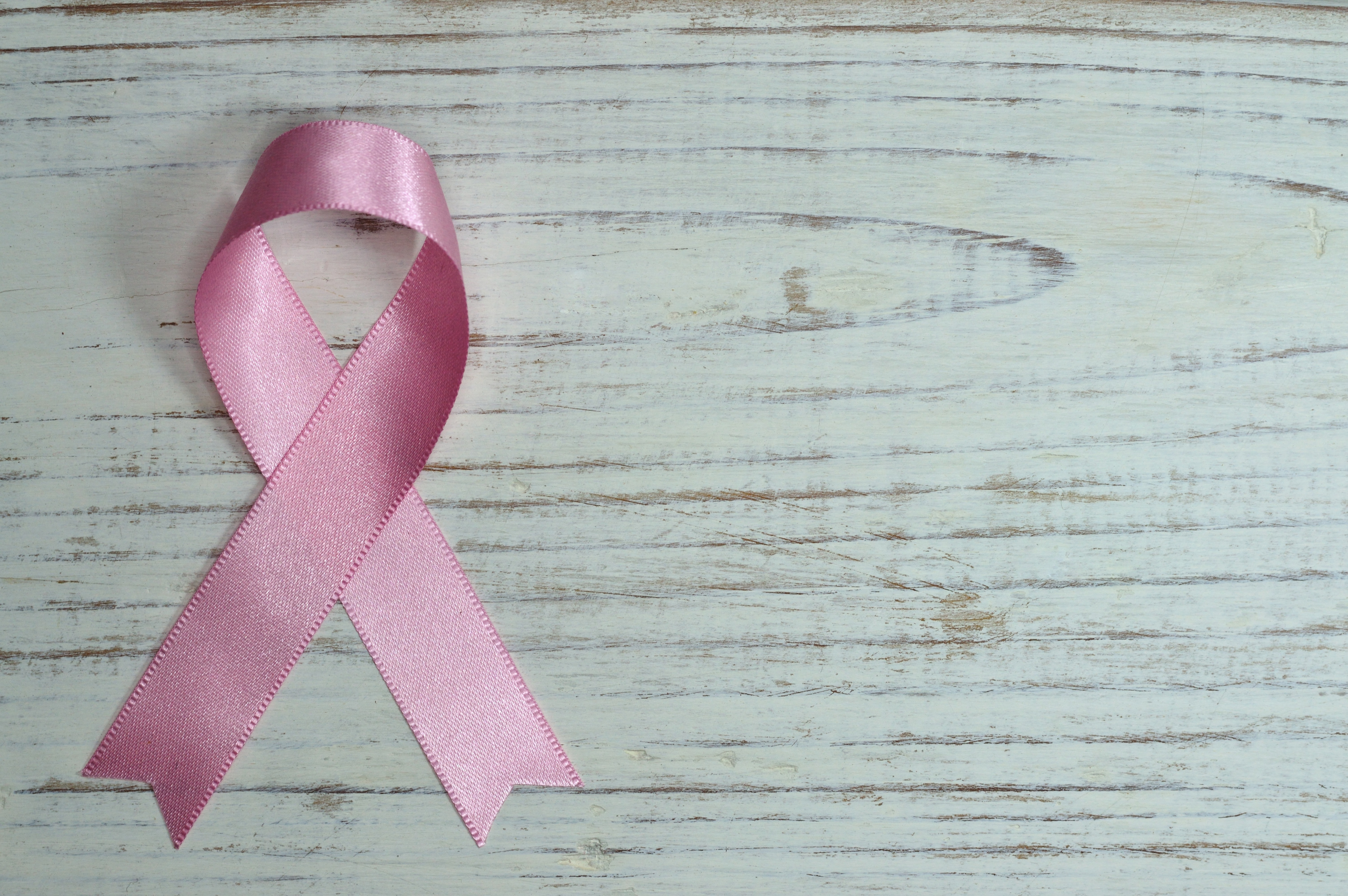
February 4th is an annual day of recognition of the impacts of cancer, a day of empowerment for those affected by its reach, and a day of action for those who press the government to take notice. This is World Cancer Day, a moment designed to bring awareness to the 9.6 million individuals who die worldwide each year from cancer, a number greater than HIV/AIDS, malaria, and tuberculosis deaths combined.
What is Cancer?
According to the World Health Organization (WHO), “Cancer is a generic term for a large group of diseases characterized by the growth of abnormal cells beyond their usual boundaries that can then invade adjoining parts of the body and/or spread to other organs.” Cancer can start almost anywhere in the body, breaking down the orderly process of pruning of old or damaged cells. As cancer develops in the body, those old or damaged cells are permitted to remain, increasing the ratio of abnormal to normal cells. These abnormal cells are then able to divide and reproduce wildly and out of control, causing tumors.
There are two types of tumors: malignant and benign. Malignant tumors are cancerous, meaning they are able to continue growing and eventually spread into nearby tissues. If the malignant tumor is permitted to grow large enough, pieces may break off and travel to differing locations in the body via the bloodstream, where they will continue to grow separate from the original malignant tumor. Malignant tumors can sometimes grow back, even once removed. The second type of tumor, a benign tumor, typically does not grow back once removed. A benign tumor can grow to be quite large, but it is not cancerous, meaning it does not invade nearby tissues.
Cancer is the second leading cause of death worldwide (behind only heart disease). The WHO states that “Lung, prostate, colorectal, stomach and liver cancer are the most common types of cancer in men, while breast, colorectal, lung, cervix and thyroid cancer are the most common among women.” It is predicted that by the year 2030, cancer deaths will rise to 13 million. However, between 30% and 50% of cancer cases are preventable.
Cancer Prevention
As a higher predisposition to developing cancer is due to genetics, it is especially imperative for those (as well as all) individuals to decrease the influence of key risk factors by utilizing methods such as avoiding tobacco products, reducing alcohol consumption, maintaining a healthy body weight, addressing infections, and avoiding environmental pollution. Genetics impact how an individual’s cells grow, divide, and function. If there are certain environmental factors that the individual is exposed to, DNA can be damaged, changing the pattern for how cells divide.
-
Tobacco - The use of tobacco kills approximately 6 million people each year, from cancer and other diseases. It causes multiple types of cancer, including lung, oesophagus, larynx, mouth, throat, kidney, bladder, pancreas, stomach and cervix. Even second-hand smoke and smokeless (oral) tobacco are known to cause multiple types of cancer.
-
Alcohol consumption - Excessive drinking of alcohol over time can cause cancer of the oral cavity, pharynx, larynx, oesophagus, liver, colorectum and breast. The risk of cancer increases in line with the amount of alcohol consumed. In fact, in 2010, alcohol-attributable cancers were estimated to be responsible for 337,400 deaths worldwide.
-
Body weight - Certain cancers can be caused by overweight and obesity such as cancer of the oesophagus, colorectum, breast, endometrium and kidney. Regular physical activity significantly reduces the risk of developing cancer.
-
Infections - Vaccines against infections are capable of preventing liver and cervical cancers. The WHO states that in 2012, approximately 15% of all cancers were attributable to infectious agents such as helicobacter pylori, human papilloma virus (HPV), hepatitis B and C, and Epstein-Barr virus. Revealing enough, two-thirds of infection-attributable cancers (1.4 million cases) occur in less developed countries.
-
Pollution - Carcinogenic, or cancer-causing, environmental pollution is capable of causing individuals to develop lung cancer. The WHO estimated that outdoor air pollution contributed to 3.2 million premature deaths worldwide in 2012, including more than 200,000 lung cancer deaths.
Cancer is a deadly and problematic disease, with no real existing cure. Individuals can practice cancer prevention methods by avoiding high risk factors. World Cancer Day aims to inspire change and mobilize action even after the day has passed, through education and an increase of public-facing exposure.





